Psilocybe mexicana is a small species of psilocybin-containing mushrooms. It was one of the first to be introduced to the west.
This mushroom’s history is deeply ingrained within the cultures of Central America; its use dates back over 2000 years to the times of the Aztecs and Mayans.
This species has touched the hands of several influential people in times of old and new. Maria Sabina famously used it in her mushroom ceremonies, and Robert Gordan Wasson brought the first psilocybin-containing mushroom samples to the Western world.
This could be the shroom that started it all.
Let’s delve into this species’ origins, history, potency, and best qualities.
What Are Mexican Magic Mushrooms?
Psilocybe mexicana is native to North and Central America. The indigenous people of these areas have used it for centuries in religious rituals and healing ceremonies. It’s commonly known as the Mexican Liberty Cap because it shares many similarities with the widespread Psilocybe semilanceata species (Liberty Cap).
Psilocybe mexicana was one of the first psilocybin-containing mushroom species to be brought back to the west. It has a deep history, and the story of how it was discovered by western man is extremely intriguing (more on this later).
Although lesser known, this species was likely introduced to the western world before Psilocybe cubensis. However, the potency of P.mexicana compared to P.cubensis is noticeably weaker.
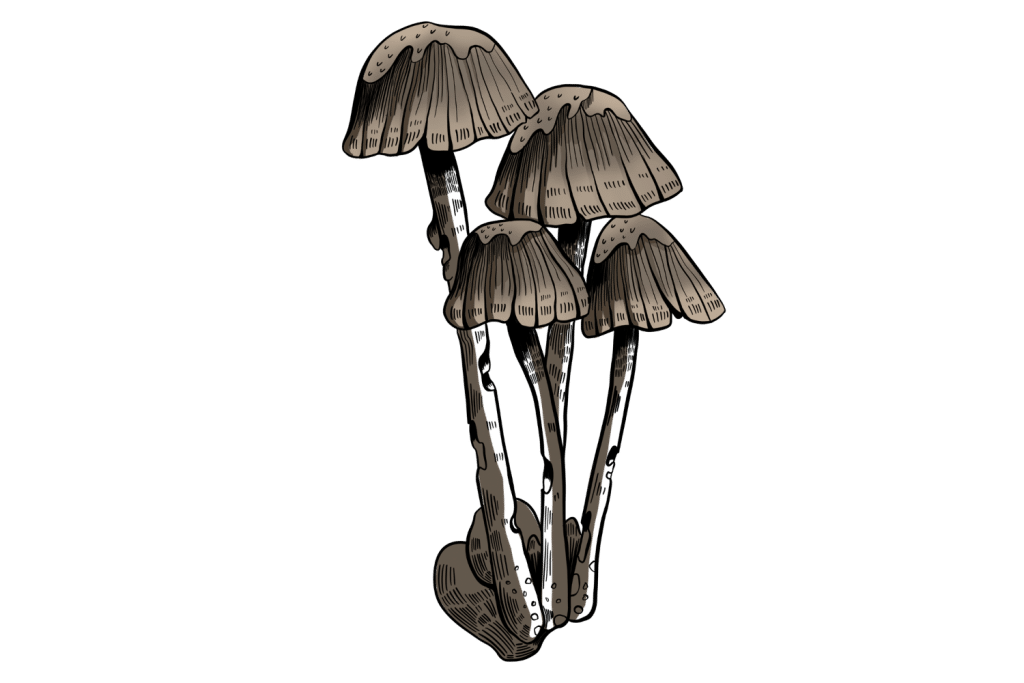
However, many people have reported more intense experiences on P. mexicana than on any P. cubensis trip they’ve had. After all, this is the very shroom that attracted hundreds of people, including John Lennon, to the village of Huautla de Jiménez in the 60s to partake in Maria Sabina’s mushroom ceremonies.
This Mexican shroom may be small and rather plain-looking, but the intense spiritual journey it can send you on is anything but normal.
Let’s take a deeper look into this shroom’s deep cultural history and how this small and humble shroom introduced the west to psilocybin.
The History of Psilocybe mexicana
The history of Psilocybe mexicana is perhaps the richest of all psilocybin-containing mushroom species. We can trace its use back over 2,000 years. It’s been used in sacrifice, ceremony, ritual, and healing by the indigenous people of the North and Central Americas as far back as the Aztecs.
In this section, we’ll take a trip back in time to when this small but mighty mushroom first appeared in ancient culture, then jump forward in time to the point where Psilocybe mexicana became known in the west.
1. Ancient Use of Mexican Magic Mushrooms
We can trace the use of Psilocybe mexicana and other magic mushroom species as far back as the 14th century. The Aztecs and Maya called these mushrooms “the flesh of the gods.” The importance of sacred mushrooms can be seen in Mayan and Aztec stone carvings and statues.
The Maya, Olmec, Zapotec, and Aztec people used various hallucinogenic plants, cacti, and fungi to induce altered states of consciousness. Mushroom stone statues dating back to 3000 BC have been found in Mesoamerica, and archaeological evidence of the use of the peyote cactus proves that psychedelic substances were used in the area over 5000 years ago
Psilocybe mexicana and several other psychedelic fungi were used by these ancient civilizations. They had a vast knowledge of the local flora and used them in religious ceremonies, sacrifices, and rituals.
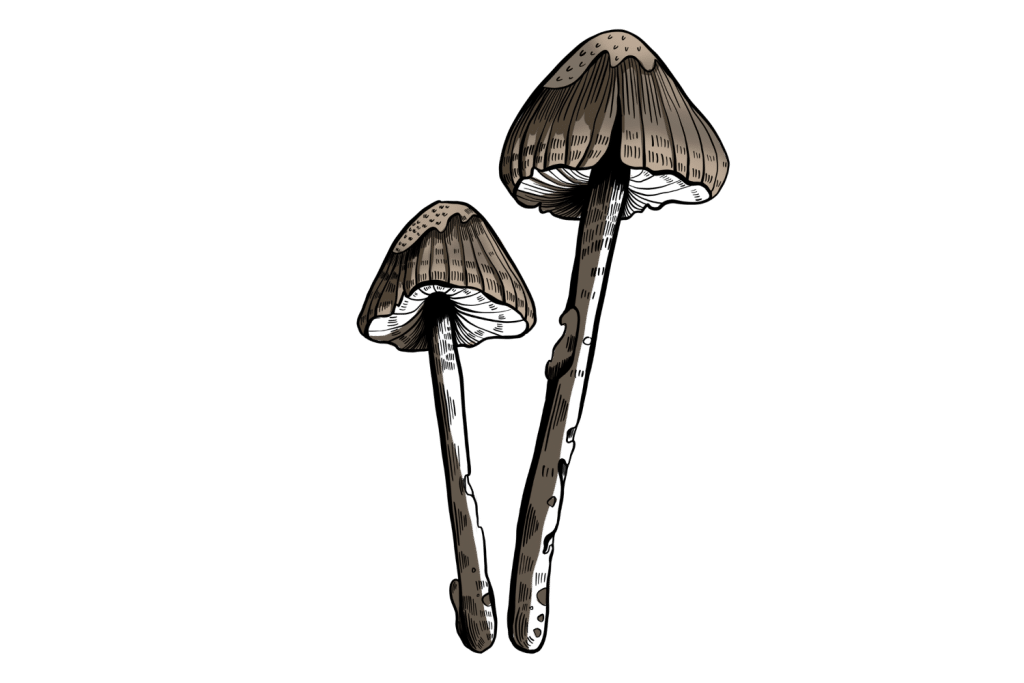
Although much of the Mayan literary sources were destroyed through mass cultural destruction by the Spanish, there’s still a lot of evidence that shows how important psychedelic substances were in Mayan culture. Several pieces of archaeological evidence from Mayan civilizations were compiled in a paper by Khalid Winter.
The paper looks at mushroom symbolism throughout ancient Mayan art. The most prominent evidence that suggests the Maya used psilocybin mushrooms are the hundreds of “mushroom stones” found throughout the Guatemalan highlands and the central regions.
It’s believed that these mushroom stones were used in ceremonies, which involved the ritualistic consumption of psilocybin-containing mushrooms. Others believe that the Mayans even worshiped psychedelic mushrooms. Many pieces of stone artwork portray people eating mushrooms and speaking with their gods.
There’s definitely enough evidence to prove that ancient civilizations in North and Central America used several different naturally-occurring psychedelic substances. Due to the prevalence of Psilocybe mexicana in these regions, it’s extremely likely that the species was consumed by these ancient civilizations.
2. Mexican Magic Mushrooms & the Mazatec People
Psilocybe mexicana has been used for centuries in Mexico. This species, alongside others such as Psilocybe cubensis, have been used by the Mazatec people in ceremonies, healing rituals, and to contact the gods. Maria Sabina famously gave this knowledge to the west when she met with Robert Gordan Wasson in 1953 (more on this later).
The Mazatec people are indigenous people of Mexico. They inhabit Sierra Mazateca in the state of Oaxaca. They are famous for their healing ceremonies, including consuming psychedelic plants, fungi, and several other medicinal herbs.
The Mazatec have been consuming magic mushrooms, including the Psilocybe mexicana species, for hundreds of years. This largely localized practice was kept secret from the outside world until the 1950s when Maria Sabina introduced the west to the Mazatec ceremonies and, of course, psilocybin.
3. Maria Sabina & Psilocybe mexicana
The famous curandera Maria Sabina used Psilocybe mexicana in her mushroom ceremonies. She would hold these ceremonies to heal the local people in her village of Huautla de Jiménez.
Maria Sabina Magdalena García was a Christian woman who practiced ancient rituals but worshiped the Christian God rather than “the ancient gods.” She lived most of her life in the small mountain village where she was born.
She worked the land and knew much about the local medicinal herbs and fungi — she claimed that “the sacred mushrooms” (P. mexicana and P. caerulescens) taught her this knowledge.
She couldn’t read or write but was extremely wise. Her poetry and words of wisdom live on to this day, thanks to the people that met her during the 50s and 60s.

Maria Sabina was the first Mazatapec person to allow people from the west into the traditional mushroom ceremonies. Mycologist Robert Gordan Wasson, scientist Roger Heim, and a guide named Guy Stresser-Péan traveled to Huautla de Jiménez in 1953 to meet Maria Sabina and participate in her mushroom ceremonies.
Wasson and his team were responsible for bringing psilocybin to the scientific eye in the west. It’s believed that they were directly responsible for the preceding studies into the psychedelic compound.
In 1957, Wasson published an article in LIFE magazine titled “Seeking the Magic Mushroom.” The article described the mystical experience he had with Maria Sabina during the mushroom ceremony. This article would go “viral” soon after its release and triggered the interest of hippies, scientists, mycologists, and even celebrities.
Over the next decade, hundreds of people would turn up in Huautla de Jiménez, including celebrities such as John Lennon, Mick Jagger, Pete Townsend, and Keith Richards. Apparently, Walt Disney even went to trip on Maria Sabina’s shrooms. Psilocybe mexicana could have inspired the early Disney universe.
This Psilocybe species could have been the very mushroom that started the “Psychedelic Era” from the mid-1960s to the mid-1970s.
The Potency & Effects of Psilocybe mexicana
As mentioned, Psilocybe mexicana is said to be less potent than even the least potent varieties of Psilocybe cubensis. However, several first-hand reports contradict what the stats say.
Psilocybin levels are inconsistent, and there is no reliable scientific data (at least that we could see).
Reportedly, the average psilocybin levels are around 0.25%. However, we haven’t found any data to back this up. I assume this is because it’s rarely cultivated, and the potency levels vary greatly from shroom to shroom in the wild. Factors such as climate, altitude, and maturity of the caps can alter the psilocybin levels. This makes it extremely difficult to say exactly how potent these shrooms are.
The same difficulty comes with the sclerotia this species produces. The Dutch Ministry of Health states that Psilocybe sclerotia are significantly weaker than the mushrooms themselves. This is the reasoning behind magic truffles remaining decriminalized in Holland. However, this statement isn’t exactly based on scientific data.
Overall, there are few Psilocybe mexicana trip reports available online. Both mushroom and truffle reports for this species are hard to come by. This could be due to the fact that few people consume this species, or it could be that few people share reports of their experiences due to the stigma surrounding psilocybin.
The potency and effects of this species aren’t clear. However, it has been used in ceremonies for centuries. You only have to look at reports from those that have taken part in Mazatec mushroom ceremonies to see that P.mexicana can produce some extremely intense psychedelic effects when used properly.
This leads us to our next topic — the dosage of Psilocybe Mexicana.
What’s the Dose of Psilocybe mexicana Shrooms?
Due to the fact that there’s very little information on the potency of P.mexicana, calculating dosages can be difficult.
The best way to figure out the correct dose for you is to start off with a low dose — 1-2 grams of dried matter — and work up gradually.
Reportedly, it takes around 5 g of dried Psilocybe mexicana mushrooms or truffles to produce significant psychedelic effects. However, this depends on where and when the shrooms or sclerotia were collected, your tolerance, body weight, and metabolism.
If you’re new to psychedelics, start off small in terms of dose. You can always consume more, but you can never eat less.
Is Psilocybe mexicana Good for Microdosing?
Psilocybe mexicana can be used to microdose psilocybin. Although this species can produce potent psychedelic effects, the small mushrooms and truffles can be easily divided into sub-perceptual doses.
A microdose is a dose that’s not large enough to produce psychedelic effects, usually around one-tenth of a psychedelic dose. For Psilocybe mexicana shrooms and truffles, this is somewhere in the range of 50-100 mg of dried organic matter. For most, a microdose within this range proves effective when taken every three to four days.
The exact dose that will work for you depends on various factors, such as tolerance, body weight, and metabolism. Finding an effective microdose of Psilocybe mexicana is something that you have to figure out.
Remember to follow the safety guidelines for tripping while you’re dialing in the dose. Only experiment with microdosing when you have no responsibilities. Stay home and don’t drive the first few times, just to ensure you don’t become impaired at an inappropriate time.
How Can These Mushrooms be Consumed?
There are several ways you can consume Psilocybe mexicana. Both the mushrooms and the sclerotia (truffles) of this mushroom contain psilocybin and can be consumed to induce psychedelic effects.
Psilocybe mexicana mushrooms and truffles can be used both fresh and dried. You can eat these fruiting bodies whole, or they can be prepared in various ways.
Magic mushroom tea can be made with the truffles and/or mushrooms of this species. This is simple to do and is great for those of you that get an upset stomach from eating magic mushrooms. The onset of the psychedelic effects is much faster than eating mushrooms or truffles whole (usually 5-15 minutes after consumption).
The dried mushrooms or truffles of Psilocybe mexicana can be powdered and weighed into capsules — these are excellent if you despise the taste of mushrooms and truffles. This form of consumption is also great for microdosing.
The dried magic mushroom powder can also be used in cooking. Several dishes can be cooked and seasoned with magic mushrooms. If you want to learn more about cooking with shrooms, check out our article on cooking with shrooms.
Where Does Psilocybe mexicana Grow?
Psilocybe mexicana is native to North and Central America. It can be found growing in grassland, in livestock fields, and on hills and mountainsides at a range of different altitudes.
Unlike many species of shrooms, Psilocybe mexicana does not grow in animal manure. However, pastures that have been grazed by livestock are great places to find the species.
Although this species doesn’t grow directly in manure, it thrives in rich soil. Fields that have been grazed are perfect because the manure there enriches the soil and provides plenty of nutrients to stimulate mushroom growth.
This species can be found after periods of rainfall or growing under the shade of sparsely stood trees growing on open land in dryer weather. The best time to look for this species is during early spring and late autumn.
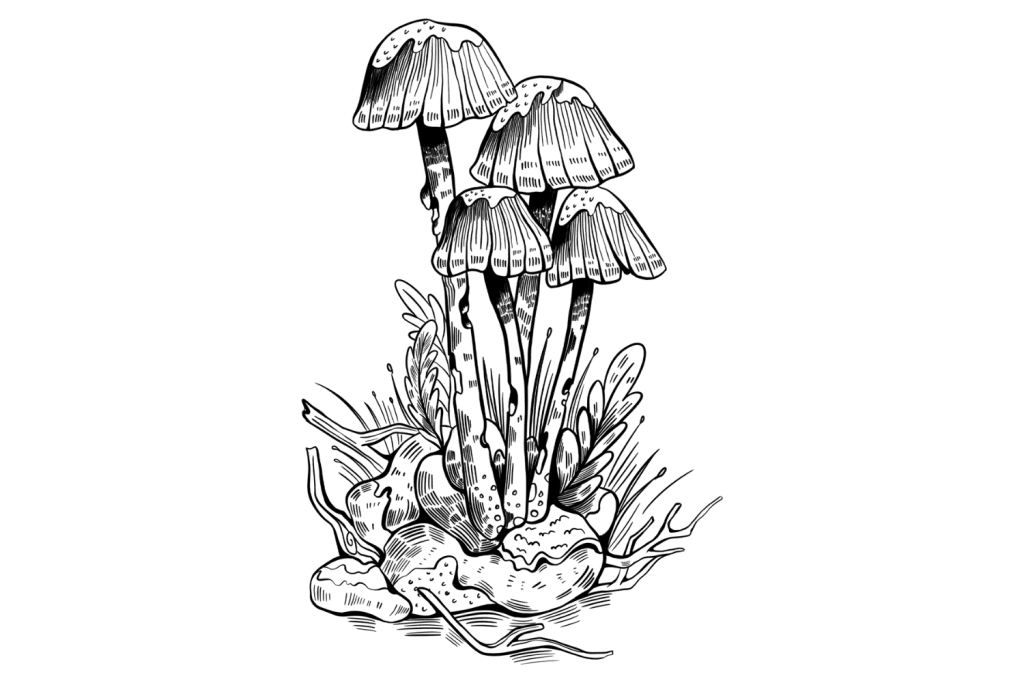
A day or two after rain can be a great time to look for P.mexicana. They don’t like saturated ground but require moisture to fruit. If it has rained heavily, wait for a day or two of dry weather before heading out foraging. If there has been a light shower, the next day can be a good time to locate young fruiting bodies.
Related: Where Do Shrooms Grow? How to Find Magic Mushrooms In the Wild
How to Identify Psilocybe mexicana
Psilocybe mexicana is often called the Mexican Liberty Cap. It shares many physical traits with the common Liberty Cap mushroom (Psilocybe semilanceata) that grows across the globe in cooler climates. The fruiting bodies of P.mexicana are tall, thin, and relatively small in size.
They have pale brown stems similar in color and texture to straw or hay. They grow to a maximum height of around 12 cm and have a brown conical cap that is convex through maturity. The caps often, but not always, have a small nipple on top. However, it’s not as pronounced as those seen on the Psilocybe semilanceata species.
Psilocybe mexicana bruises blue when picked or damaged and produces a purple-black spore print. They also often have a darker ring at the base of the cap where the black-brown gills show through.
The sclerotia (truffles) produced by this species can be found under the ground near the fruiting bodies. They are densely-packed bundles of mycelium that are small in size and yellow to dark brown. Most P.mexicana truffles are similar in size to a brazil nut or smaller. However, larger specimens have been found, some as large as a tennis ball.
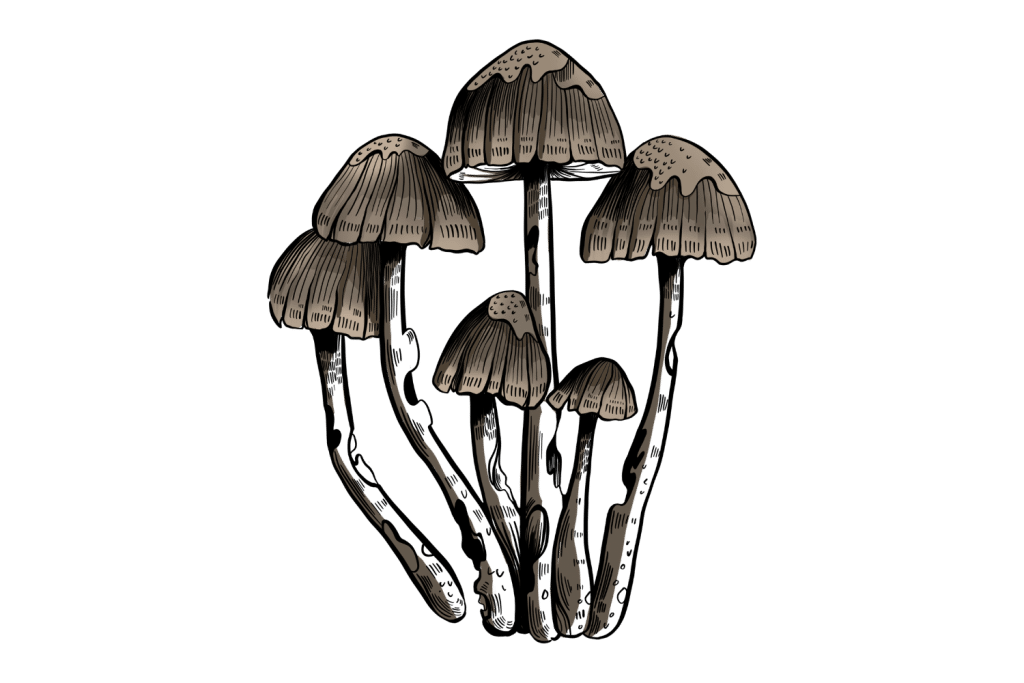
Due to the random nature of this species’ sclerotia, a positive I.D. can be difficult. They range in shape, size, and color, so the only way to be sure they’re P.mexicana truffles is to look at the fruiting bodies that grow above ground (the mushrooms themselves).
If you choose to head out into nature in search of this Psilocybe species, or any other species of hallucinogenic or edible mushroom, you must be able to identify them confidently.
This short section isn’t enough to help you produce a positive I.D. on Psilocybe mexicana. It’s always best to head out with someone that knows what they’re looking for or, at the very least, purchase a detailed mushroom identification guide or two.
Picking mushrooms can be dangerous without the correct knowledge, so be careful when you head out foraging. If you don’t know for certain that what you’ve picked is edible, don’t eat it. “Every mushroom can be eaten, but some only once.”
Can Psilocybe mexicana be Cultivated?
Psilocybe mexicana can be cultivated with great success. This species is grown commercially in The Netherlands for its psilocybin-containing sclerotia.
This species, along with Psilocybe cubensis and Psilocybe caerulescens, were first cultivated in the 1950s by Roger Heim (one of the people that discovered P.mexicana) in France. Psilocybe cubensis outperformed P.mexicana and P.caerulescens massively.
The cubensis species was faster to colonize, quicker to fruit, and far more resistant to contamination. This is why several cubensis strains are available for cultivation today and why it’s the most popular magic mushroom for home growers.
Psilocybe mexicana definitely isn’t as popular as Psilocybe cubensis. In fact, it’s more popular for its truffles than its above-ground fruiting bodies.
To produce good yields of sclerotia, this species must be cultivated in dark, nutrient-rich conditions. When the mycelium colony is exposed to significant amounts of daylight, it focuses more on mushroom production rather than sclerotia production.
This makes sense biologically, as sclerotia (or truffles) are essentially a survival response ensuring the colony has a nutrient-rich supply during poor conditions. This sclerotia supply is a reserve that sits dormant until the conditions improve for fruiting, so the colony can fruit, produce spores, and secure its future.
The cultivation of Psilocybe mexicana for truffle production is undoubtedly more difficult than the cultivation of Psilocybe cubensis for mushroom production. However, you can do it with enough research, knowledge, and equipment.
Psilocybe mexicana spores can be purchased from various online spore vendors across the globe.
Related: How to Grow Magic Mushrooms — the Easy Way
Are Mexican Magic Mushrooms Legal?
Psilocybin is the psychoactive compound found in mushrooms of the Psilocybe genus and is responsible for the psychedelic effects produced by Psilocybe mexicana and a range of other psychedelic mushroom species.
Although several studies are beginning to appear surrounding the potential benefits of psilocybin in therapy, it’s still very much a controlled substance across the globe.
Psilocybin is illegal in most of the United States except in a few states that have decriminalized the use of the substance under certain conditions.
In certain states, such as Colorado, Oregon, and Massachusetts, psilocybin is decriminalized under state law. However, the substance remains illegal under federal law and is classed as a schedule 1 drug. This puts magic mushrooms such as Psilocybe mexicana in the same class as LSD, heroin, and MDMA.
In Canada, psilocybin remains illegal. However, the country is far more liberal in terms of its penalties. Canada is also leading the way in terms of research into the therapeutic potential of psilocybin. As it stands, the only way to legally obtain and use psilocybin-containing mushrooms is through a health exemption.
Regardless of the legality of psilocybin in Canada, several dispensaries sell magic mushrooms. Many hope this will push officials to change legislation surrounding the use, possession, and sale of psychedelic mushrooms.
In Europe, psilocybin is a controlled substance in most countries, including the United Kingdom. Psilocybe mexicana is famous for producing sclerotia (truffles), and these psilocybin-containing growths can be purchased and consumed freely in Holland without fear of prosecution.
Summary: Psilocybe Mexicana “The Mexican Liberty Cap”
Psilocybe mexicana is a species of psilocybin-containing mushroom that has been consumed for its psychedelic effects for thousands of years. Its early use dates back to the Mayan and Aztec cultures. It has been used in healing ceremonies across Mexico, and it was one of the shrooms that the famous curandera Maria Sabina used in her mushroom ceremonies.
This shroom is interesting because of its ability to produce sclerotia (truffles) that contain psilocybin. These truffles can be consumed to produce the same psychedelic effect as magic mushrooms.
Although this species has a deep and rich history, it’s definitely not as popular as species such as Psilocybe cubensis today. However, P.mexicana magic truffles are widely available in Holland and are enjoyed by locals and tourists alike. Could it become more popular elsewhere?
This Psilocybe species has a lot to offer. It was one of the first magic mushrooms to be brought back to the west and may well have been the shroom that started the psychedelic era during the 60s and 70s. Its spores are widely available, and both mushrooms and truffles can be cultivated successfully with some effort.


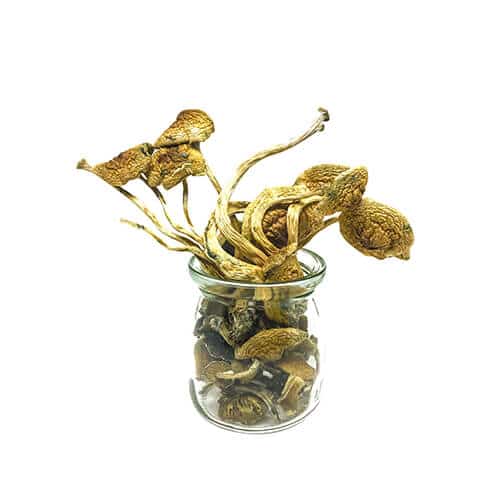

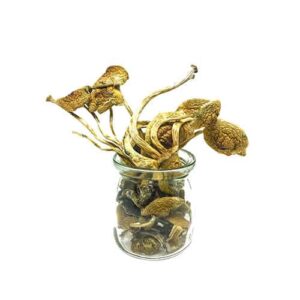
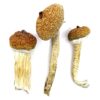
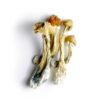
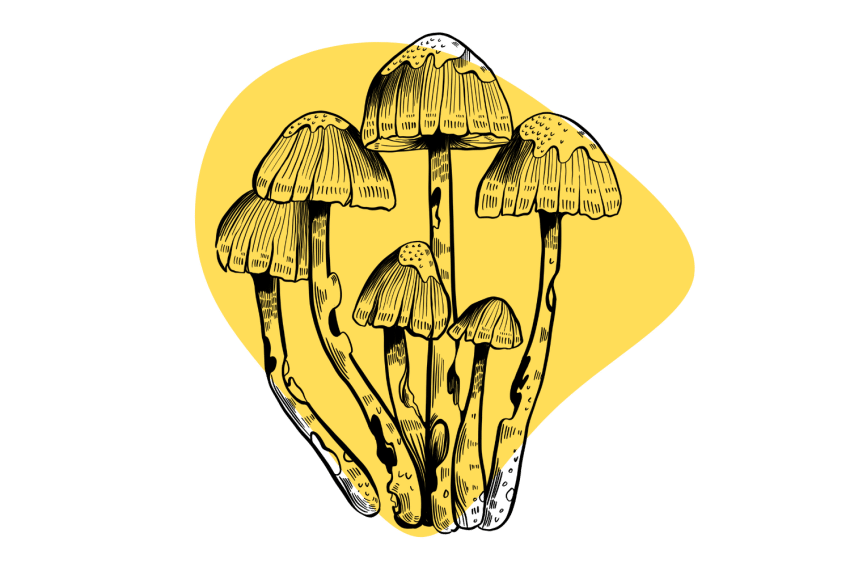
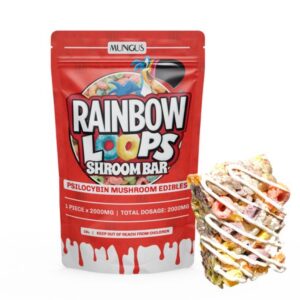

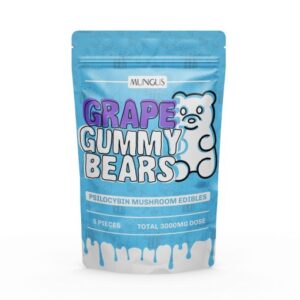
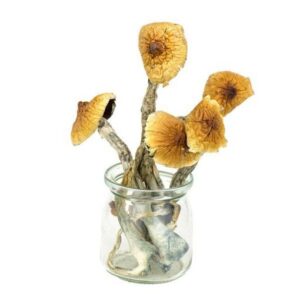
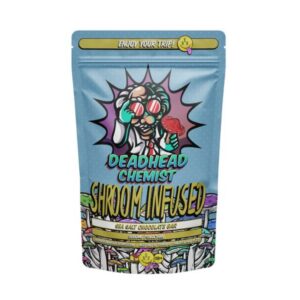
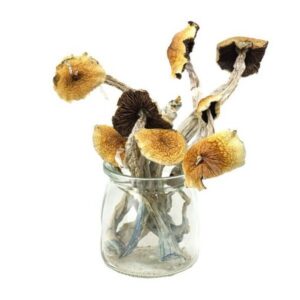
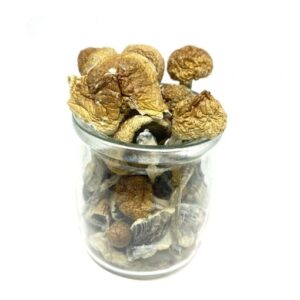
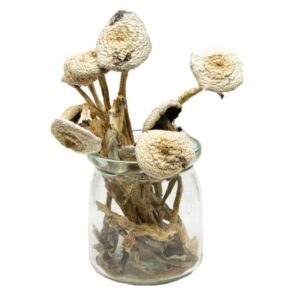
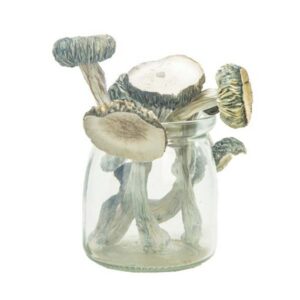
Reviews
There are no reviews yet.